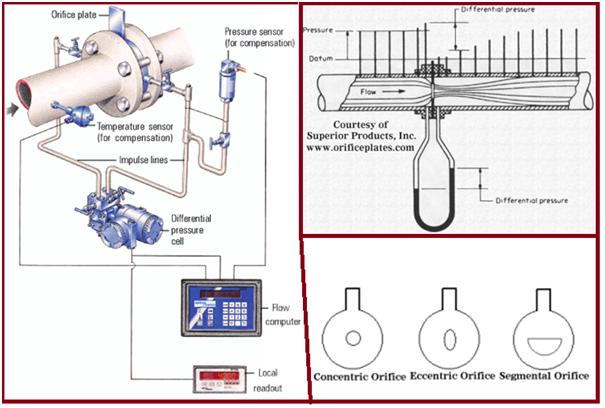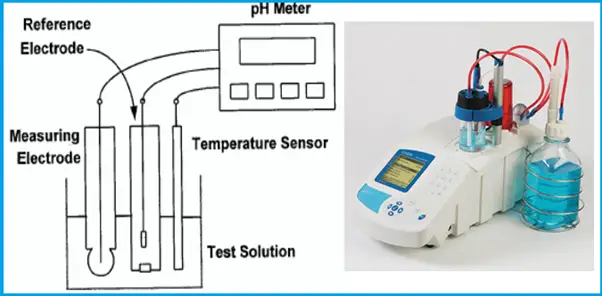14 major changes in ASME B31.3-2016 with respect to its earlier edition (ASME B31.3-2014)
Most of you are aware that the latest edition of Process Piping Bible (ASME B31.3-2016) is issued on 31st January 2017 and This Code will become effective 6 months after the Date of Issuance (i.e. from August 2017 onwards).
There are many changes in this edition with respect to its earlier edition. This article provides only 14 major changes that readers will find in that code. Readers are requested to list down other major changes in the comments section.
1: For the first time the code provides some reference for a piping system that has already been placed in service. For existing piping systems, The code suggests using ASME PCC-2, Repair of Pressure Equipment and Piping, and API 570, Piping Inspection Code: In-service Inspection, Rating, Repair, and Alteration of Piping Systems.
2: A new section for rounding of values (Test data or dimensions) based on ASTM E29 is added in clause 300.1.4.
3: The conventional definition of severe cyclic conditions (either equivalent no of cycles>7000 or Se>0.8Sa) has been modified in this edition. As per B 31.3-2016, Designating piping as being under severe cyclic conditions should be considered when piping is subjected to both a high-stress range (when the calculated stress range approaches the allowable stress range) and many cycles (the stress range factor, f, is less than the maximum, fm).
4: New Appendix R (Use of Alternative Ultrasonic Acceptance Criteria) is added. The fracture mechanics ultrasonic acceptance criteria in Appendix R may be used for acceptance of discontinuities if all requirements of Appendix R are met.
5: In the 2014 edition, for the first time the code provided stress values in MPa in table A-1M and Table A-2M. Those metric values are partly provided and were equivalent to their FPS (KSI) counterparts. Please note that In the 2016 edition The values stated in ksi (Table A-1 and Table A-2) are not exact equivalents to the values stated in MPa (table A-1M and Table A-2M). Therefore, for any given material, the user of the Code should use only the ksi or the MPa values.
6: As per the latest edition of the code; In no case shall a coupling or half coupling have a rating less than Class 3000 in accordance with ASME B16.11.
7: In B31.3-2016 when inplane and out plane SIF’s (for sustained stress sustained moment index) are determined by experimental or analytical means the bending stress calculation for branch pipe is permitted using section modulus of parent pipe (not branch pipe). However, if SIF’s from Appendix D are used branch section modulus to be used.
8: As per the latest code the Impact testing is not required if the design minimum temperature is greater than or equal to −104°C (−155°F) and the stress ratio (as defined in Fig 323.2.2B of the code) does not exceed 0.3. and For stress ratios greater than 0.3, the lowest design minimum temperature permitted is −48°C (−55°F). Also, it has included Tabular Values for Reduction in Lowest Exemption Temperature for Steels Without Impact Testing.
9: The minimum PWHT holding temperature for P-No. 15E, Group No. 1 material may be 675°C (reduced by 45°C from 2014 edition) for nominal material thicknesses ≤13 mm (1⁄2 in.).
10: The Assembly requirements for bolted flanged joints are added in clause 335.2.5.
11: Now Hardness tests are not required to verify proper heat treatment except as otherwise specified in the engineering design.
12: When piping sub-assemblies are tested separately, A special provision for testing is provided in clause F345.2.3 where consideration should be given to performing an additional leak test of the assembled piping system with nonhazardous test fluid prior to initial operation and Examination for leaks should be at all joints that have not been previously examined for leaks, or that have been reassembled after being examined for leaks.
13: Piping systems designed for vacuum service may be subjected to a vacuum leak test (in place of leak testing under internal pressure)method by a qualified and certified Leak-testing personnel with technique and acceptance criteria specified by the owner following a written procedure complying with the applicable technical requirements of the BPV Code, Section V, Article 10.
14: During leak testing, the Joints previously tested in accordance with this Code may be insulated or covered. Also At the owner’s option, for Category D Fluid Service, joints that are subject to a hydrostatic leak test or an initial service leak test may be insulated and have protective weather sheathing installed prior to leak testing. However, Consideration shall be given to increasing the test period to allow time for possible leakage to pass through the insulation and weather sheathing.
Learn the ASME B31.3 code changes in different years:
What’s new in ASME B31.3-2020? ASME B31.3 2020 vs 2018
Changes in the 2018 Edition of ASME B31.3 2018 with respect to the 2016 edition.
14 major changes in ASME B 31.3-2016 with respect to its earlier edition (ASME B31.3-2014)
Substantive Changes to 2014 Edition of ASME B 31.3
Major Stress-related differences in Between 2012 edition and 2010 edition of ASME B31.3.









good job, Thanks
“7: In B31.3-2016 when inplane and outplane SIF’s (for sustained stress sistained moment index) are determined by experimental or analytical means the bending stress calculation for branch pipe is permitted using section modulus of parent pipe (not branch pipe). However if SIF’s from Appendix D are used branch section modulus to be used.”
It’s wrong. If SIF’s are determined by analytical means, The actual branch section modulus shall be used, not effective section modulus. Also this change is for both sustained and expansion stresses.
Am I right?
Regards.